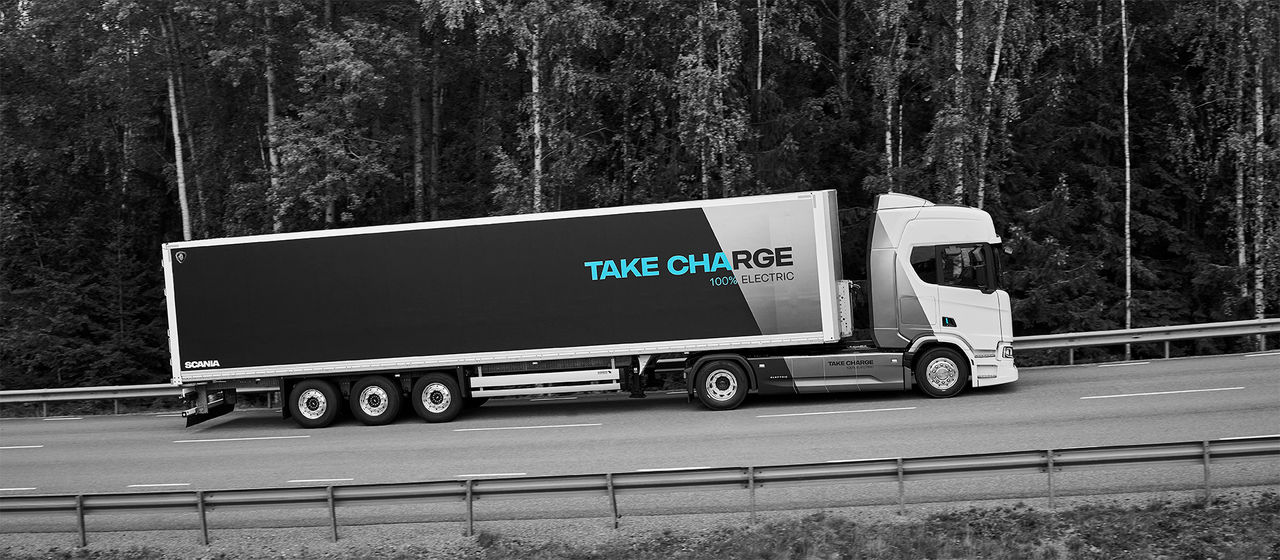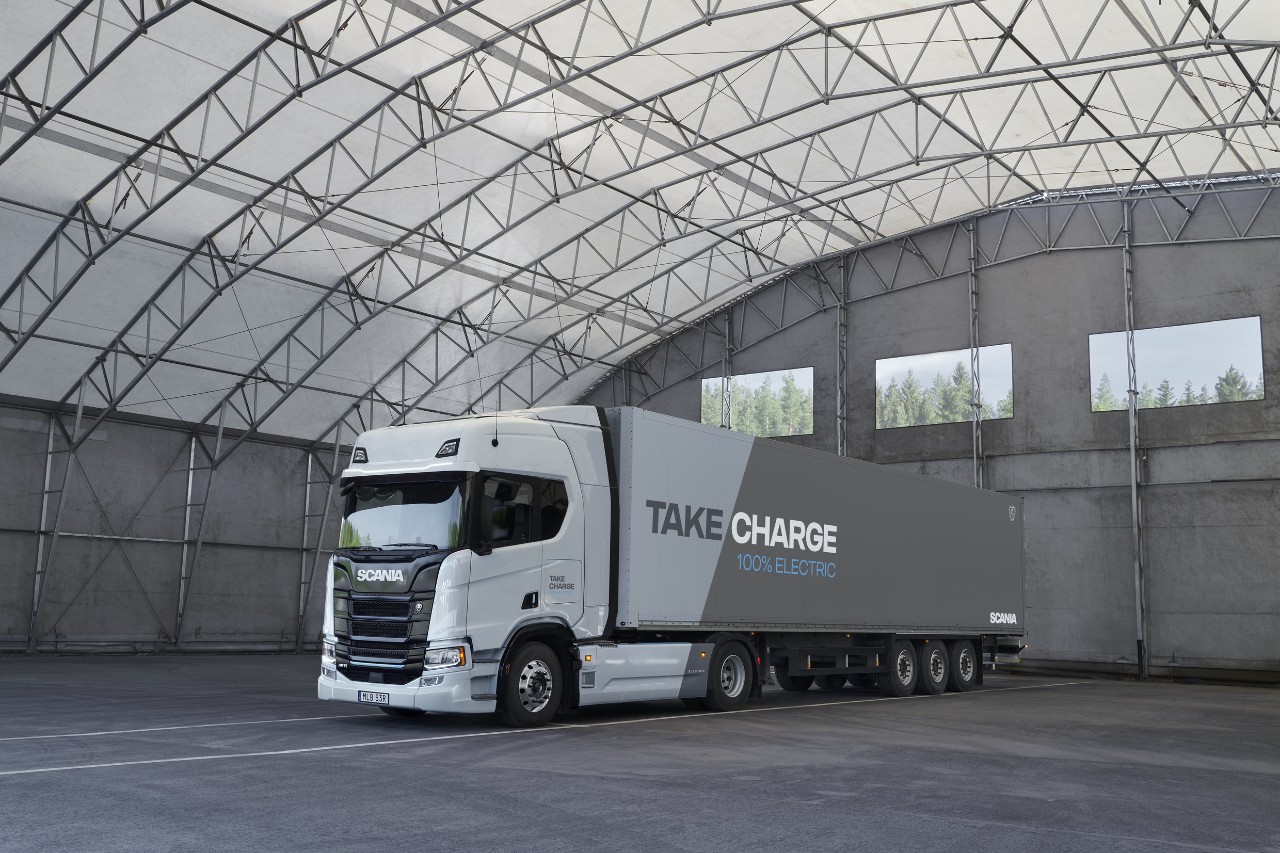
Continuous vs. peak power explained – how Scania electric trucks deliver endurance
How can a fully loaded Scania heavy haulage battery-electric truck remain so powerful on a long uphill climb? The answer lies with a high level of continuous power rather than short bursts of peak energy.
Different manufacturers take different approaches to electric powertrains. Some prioritise peak power at the expense of continuous output. Scania, by contrast, has chosen to focus on a high level of continuous power rather than chasing peak figures when it comes to heavy haulage applications.
Why does continuous power matter?
“Heavy haulage is defined by continuous power – that’s what takes you up the hill with 40 tons,” says Ove Spontón, Senior Technical Advisor at Scania e-Mobility.
He explains that while peak power may look impressive on a spec sheet, it can only be used briefly before thermal limits force the system to “derate”. Continuous power, on the other hand, is what truly defines performance in demanding real-world conditions, such as a long climb with a heavy load.
“This is why a Scania battery-electric truck can outpace a truck with higher peak power by 13–14 km/h on a long uphill climb. The peak-focused system overheats and is forced to let go of power,” says Spontón.
How can a Scania battery-electric truck deliver high continuous power?
There are several aspects of Scania’s battery-electric powertrain design that make high continuous power possible, according to Spontón.
“First, we have a strong integration of the entire powertrain – from batteries and cooling system to the e-machine and transmission. Everything is engineered with deep knowledge of real-world use cases,” he says.
Another factor is the high efficiency of Scania’s electric powertrains. Under typical operating conditions, more than 90 percent of the battery’s energy output can be transferred to the wheels.
“A third factor is our e-machine’s ability to handle high thermal loads and dissipate heat quickly,” he adds. “We have made numerous engineering choices to ensure efficient cooling. This also contributes to why Scania outpaces peak-power set-ups on long uphill climbs.”
Differing characteristics of Scania’s e-machines
Do all Scania e-machines share the same continuous power-oriented design? Not exactly. Each of the three electric machines currently offered, ranging from 230 to 450 kW of continuous power, is tailored to different applications.
While the EM C3-6 and EM C1-4 are optimised for heavy haulage, with continuous power as the main priority, the more compact EM C1-2 has a slightly different design.
“The EM C1-2 provides a relatively high peak output because it’s designed for urban environments where sudden stops and accelerations are more common than on highways. In city applications, a more peak-power-oriented setup is logical and even preferable,” says Spontón.
Don’t miss these articles on e-Mobility Hub
Thinking about going electric?
Discover more about Scania’s electric trucks – explore our solutions or contact us directly.
Read more

Charging
We help you find the right charging solution for your specific need.
